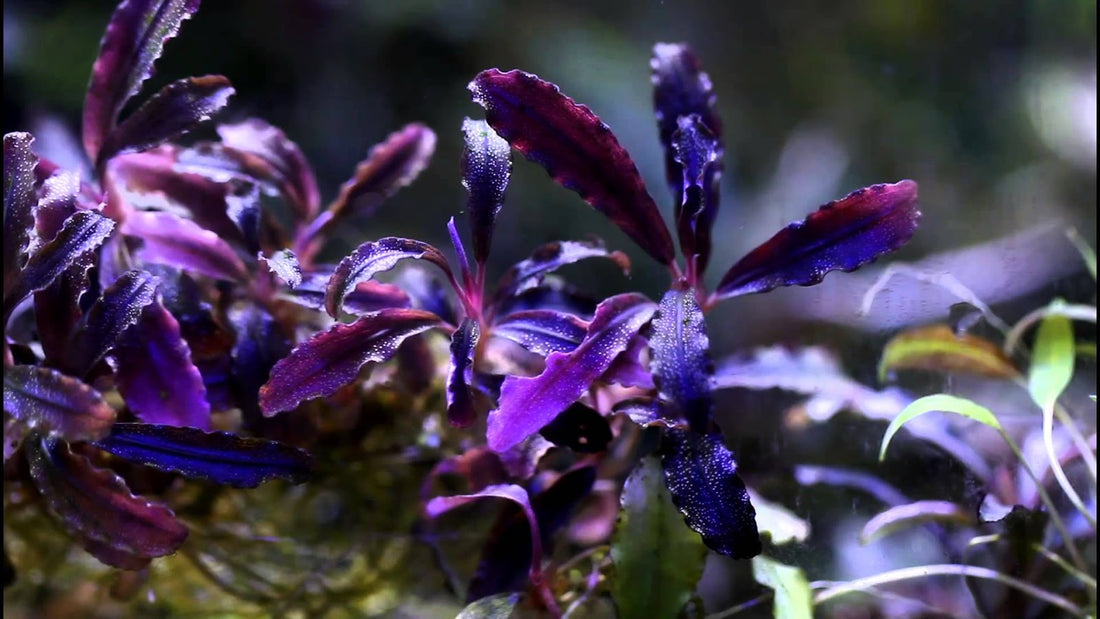
Bucephalandra: A Guide to Hardy and Stunning Aquarium Plants
Share
Bucephalandra, often affectionately referred to as "Buce" by aquarium enthusiasts, is a genus of aquatic plants gaining popularity in the aquarium hobby. Known for its vibrant and varied species, Bucephalandra adds a unique charm to planted tanks, making it a favorite among aquarists.
Features:
-
Hardiness: Bucephalandra is renowned for its hardiness, making it an excellent choice for both beginners and experienced hobbyists. It can thrive in diverse water conditions, including soft or hard water setups.
-
Varieties: The genus offers a wide range of species, each with its distinct leaf shapes, sizes, and colors. Common varieties include Bucephalandra 'Wavy Green,' 'Brownie Ghost,' 'Kedagang,' and 'Mini Coin.'
-
Leaf Characteristics: Bucephalandra exhibits lush, glossy leaves that vary in color from deep greens and browns to striking reds and purples. The leaves often feature unique patterns, adding visual interest to the aquarium.
-
Growth Habit: Bucephalandra generally has a slow growth rate, allowing aquarists to maintain its size and shape more easily. This makes it an ideal choice for aquascaping, providing a manageable and aesthetically pleasing addition.
Care Tips:

-
Lighting: Provide moderate to high lighting for optimal growth and coloration. LED lights with adjustable intensity work well for Bucephalandra.
-
Water Conditions: Bucephalandra thrives in stable water conditions. Maintain temperatures between 72°F to 82°F (22°C to 28°C) and a pH range of 6.0 to 7.5. It can adapt to both soft and hard water.
-
Substrate: While Bucephalandra can be attached to hardscape elements like rocks and driftwood, some hobbyists prefer planting it in a nutrient-rich substrate for enhanced growth.
-
Propagation: Propagating Bucephalandra can be done by dividing rhizomes. Simply cut the rhizome into smaller sections, ensuring each section has roots and a few leaves. Attach these sections to the desired surfaces.
-
Compatibility: Bucephalandra is compatible with a variety of aquarium fish and invertebrates. However, avoid herbivorous species that may graze on the leaves.
Aquascaping Potential: Bucephalandra's versatility makes it a fantastic choice for aquascaping. It can be used as a foreground plant, attached to rocks, or placed as a midground accent. Its slow growth allows for meticulous placement and maintenance.

Conclusion: Bucephalandra stands out not only for its resilience but also for the exquisite beauty it brings to aquariums. Whether you're a seasoned aquarist or just starting, consider adding Bucephalandra to your planted tank for a touch of elegance and a captivating underwater landscape.
